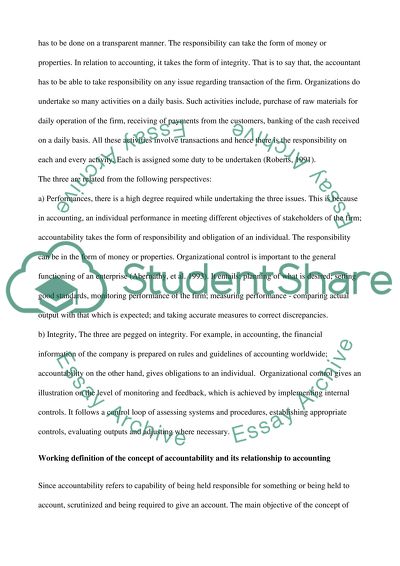Cite this document
(“Relationship Between Accounting, Accountability and Organizational Essay”, n.d.)
Retrieved from https://studentshare.org/finance-accounting/1403129-accountability-representation-and-control
Retrieved from https://studentshare.org/finance-accounting/1403129-accountability-representation-and-control
(Relationship Between Accounting, Accountability and Organizational Essay)
https://studentshare.org/finance-accounting/1403129-accountability-representation-and-control.
https://studentshare.org/finance-accounting/1403129-accountability-representation-and-control.
“Relationship Between Accounting, Accountability and Organizational Essay”, n.d. https://studentshare.org/finance-accounting/1403129-accountability-representation-and-control.


